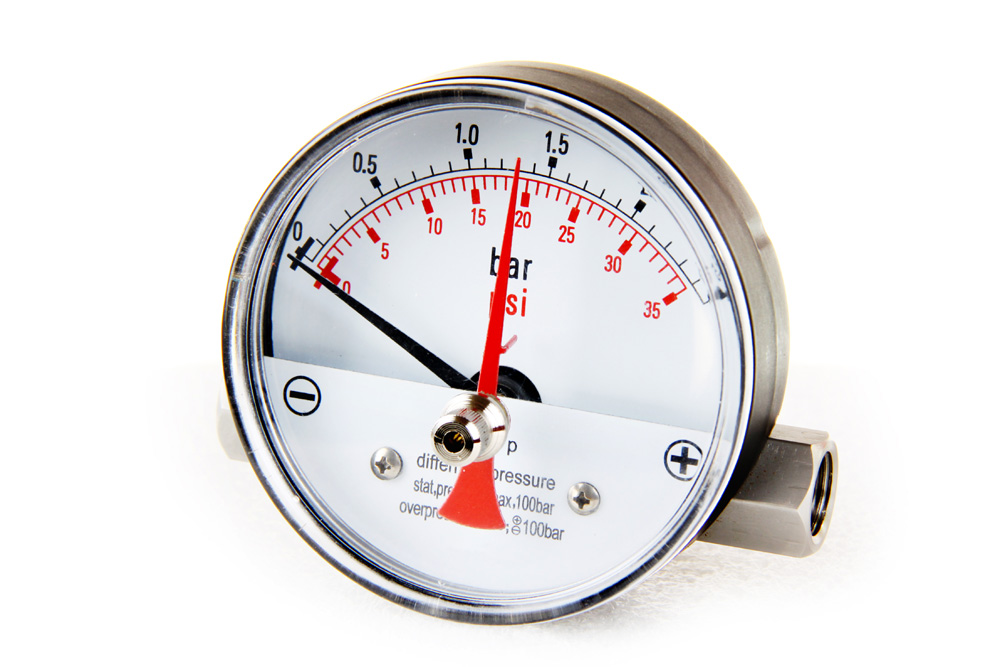
Авг . 09, 2024 08:15 Back to list
Understanding the Functionality and Applications of Diaphragm Pressure Gauges in Various Industries
Understanding Diaphragm Pressure Gauges Applications and Benefits
Pressure measurement is a critical aspect of many industrial processes, and choosing the right type of gauge can significantly affect the efficiency and safety of operations. Among various types of pressure gauges, the diaphragm pressure gauge is widely used due to its robust design and reliability in diverse applications.
A diaphragm pressure gauge operates using a flexible diaphragm that responds to pressure changes. When the pressure inside the measurement chamber increases, the diaphragm bends, causing a mechanical linkage to move a pointer across a calibrated scale, providing a direct reading of pressure. This simple yet effective mechanism makes diaphragm gauges suitable for a wide range of pressures, including both low and high measurements.
Key Features of Diaphragm Pressure Gauges
1. Sensitivity One of the most notable features of diaphragm pressure gauges is their sensitivity. The diaphragm can detect minor pressure changes, making these gauges ideal for applications where precise measurement is crucial.
2. Sealing Capability Diaphragm gauges can be sealed, which makes them suitable for measuring corrosive or viscous fluids. By protecting the internal components from the process medium, diaphragm gauges help prolong the lifespan of the instrument and ensure accurate readings over time.
3. Versatility Diaphragm pressure gauges are available in various configurations, sizes, and materials, making them adaptable to different environments and applications. Whether measuring gas, liquid, or steam, diaphragm gauges can be tailored to meet specific needs.
4. Creep Resistance They can withstand long-term exposure to constant pressure without experiencing 'creep,' which is a slow, permanent deformation that can lead to inaccurate readings over time. This feature is particularly beneficial in applications requiring steady pressure monitoring.
diaphragm pressure gauge jah

Applications of Diaphragm Pressure Gauges
Diaphragm pressure gauges are utilized across numerous industries due to their reliability and versatility. Some common applications include
- Oil and Gas In the oil and gas sector, these gauges are used to monitor pressures in pipelines and tanks, ensuring safe transport and storage of materials.
- Pharmaceuticals The pharmaceutical industry often requires precise control of pressure in processes to maintain product integrity. Diaphragm gauges are ideal for this as they can provide accurate readings and can be made from materials that resist contamination.
- Chemical Processing In chemical plants, maintaining accurate pressure readings is vital for safety and efficiency. Diaphragm gauges can handle aggressive chemicals and thus are commonly employed.
- Food and Beverage The food industry requires instruments that meet sanitary standards. Diaphragm pressure gauges can be designed to comply with these requirements while still offering accurate pressure measurements.
Conclusion
Diaphragm pressure gauges are a vital component in many industrial setups, providing accurate, reliable, and versatile pressure measurement solutions. Their ability to handle aggressive media, combined with their sensitivity and durability, makes them an essential tool in various sectors, including oil and gas, pharmaceuticals, chemical processing, and food and beverage industries. As technology advances, diaphragm pressure gauges continue to evolve, integrating smarter technologies and materials that enhance their performance and broaden their range of applications. Consequently, anyone involved in pressure measurement should consider the benefits and features of diaphragm pressure gauges to ensure optimal performance in their processes.
-
High-Precision 5 Valve Manifold Differential Pressure Gauge Suppliers
NewsApr.29,2025
-
High-Precision Diaphragm Vacuum Pressure Gauges Manufacturers & Quotes
NewsApr.29,2025
-
Omega Differential Pressure Gauges High Accuracy & Durability
NewsApr.28,2025
-
Low Pressure Differential Pressure Gauges Precision Solutions & Quotes
NewsApr.28,2025
-
Digital Diaphragm Pressure Gaauge Precision Measurement & OEM Quotes
NewsApr.28,2025
-
Differential Pressure Gauge China Price High-Accuracy & Best Quotes
NewsApr.28,2025
